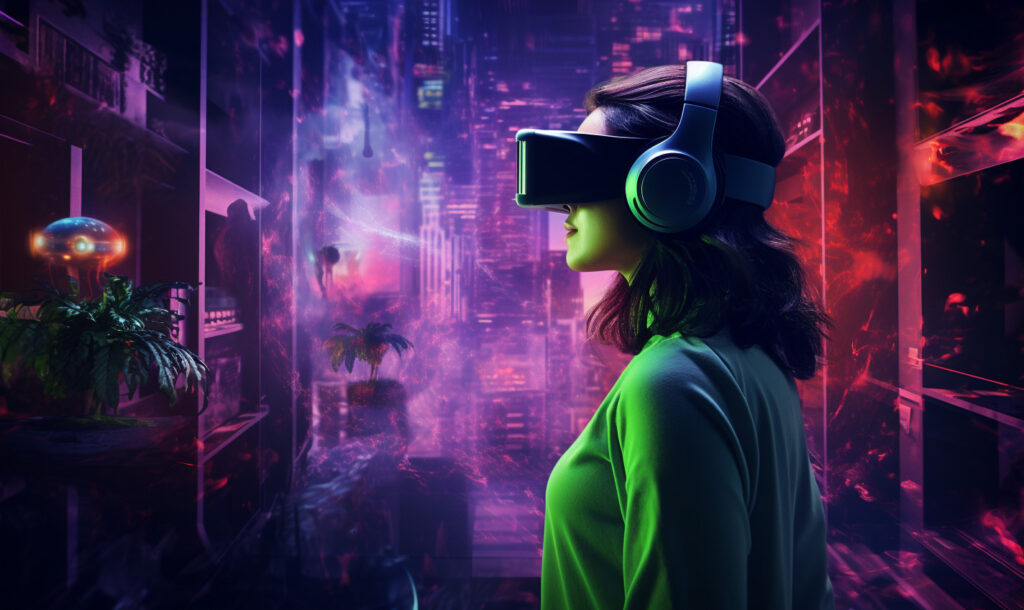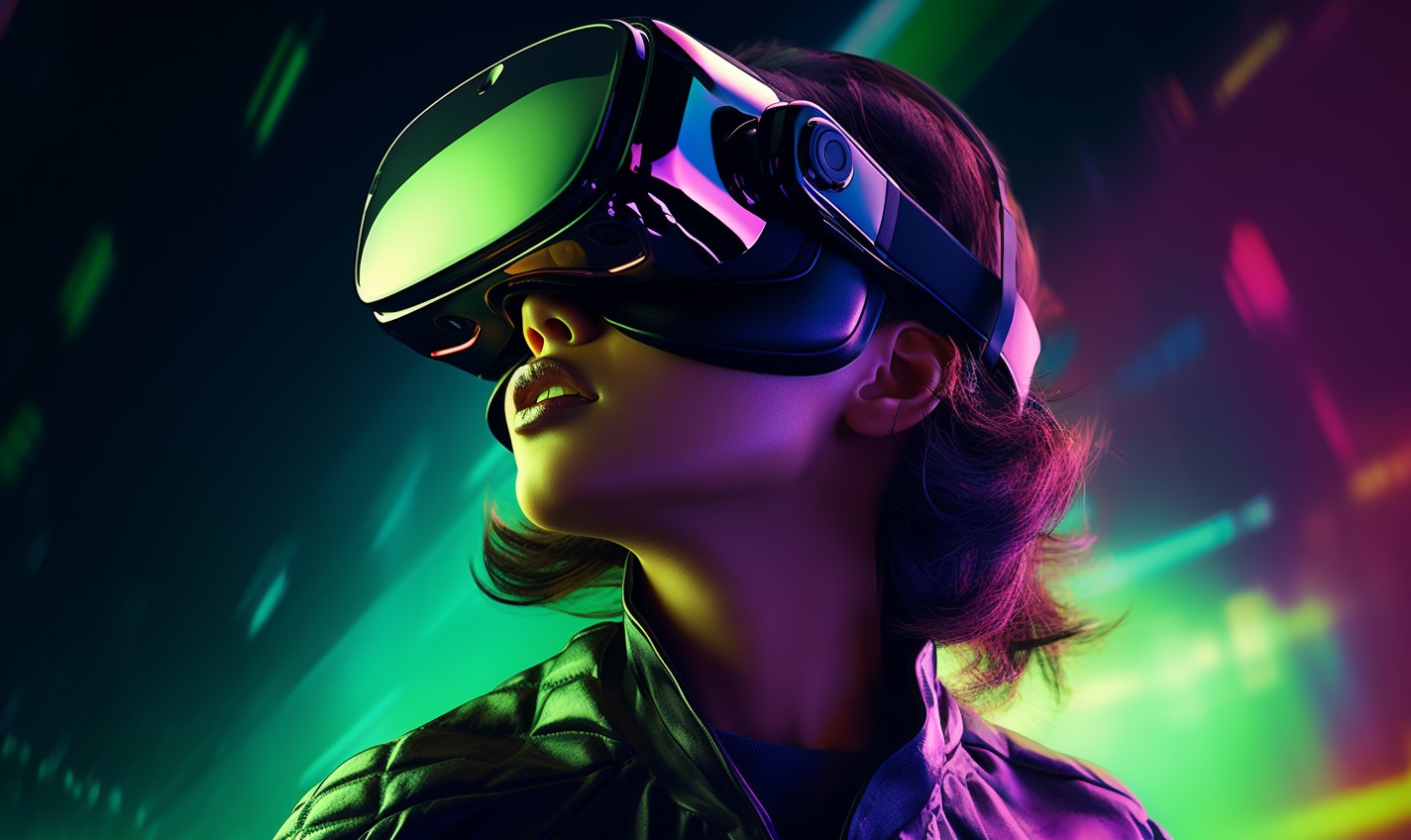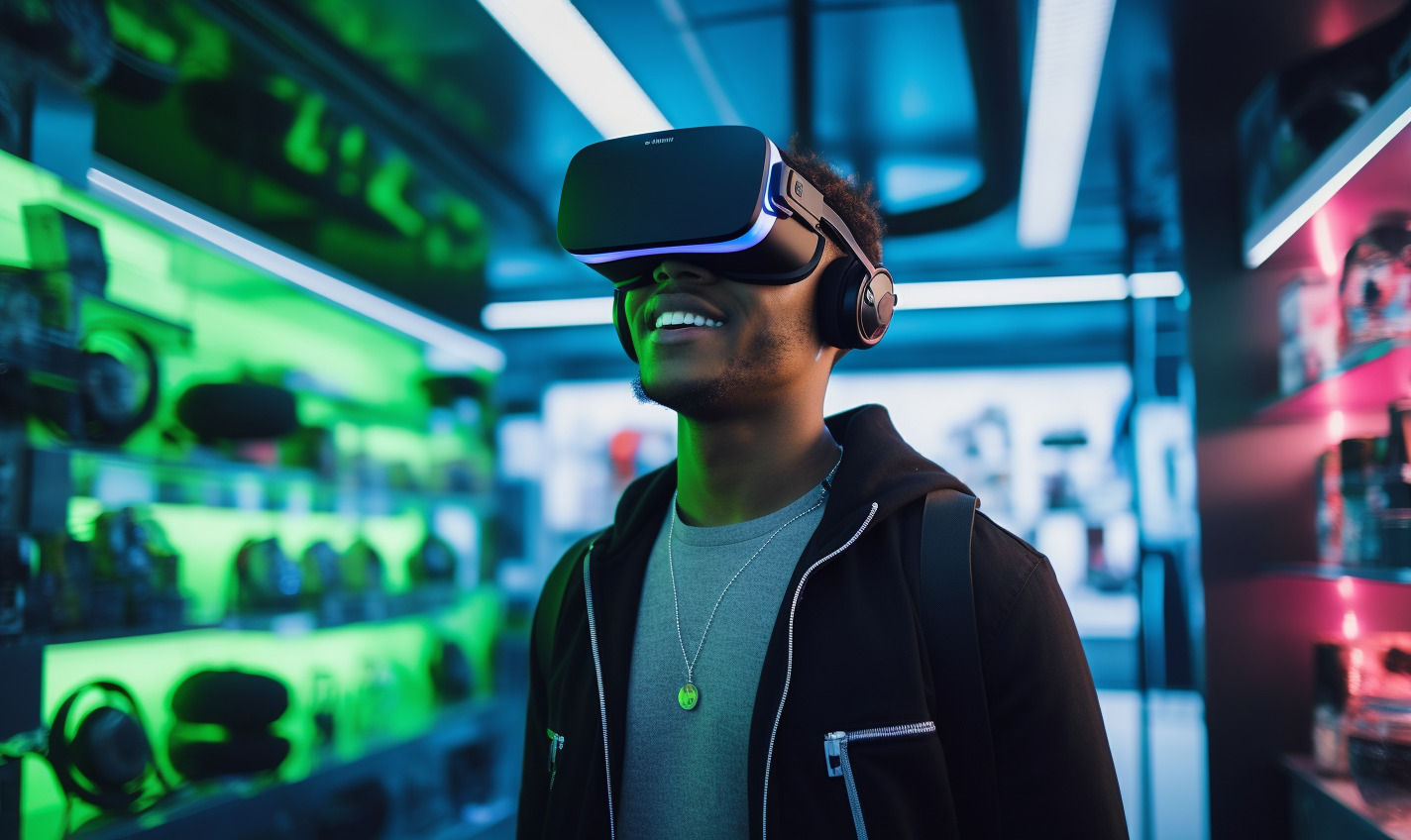Augmented reality, or AR, is a phrase bandied about by everyone from Microsoft to Niantic, the company behind games like Ingress and Pokemon Go. While it sounds like a great way to bring tech-savvy consumers to a company’s door, what is augmented reality? What can people do with AR, and what sort of applications might users and consumers see for this technology in the future?
What Is Augmented Reality?
First, what is AR? Industry experts define it as a technology that superimposes a virtual image on the user’s field of view. Yet what does that mean for the average user?
It means putting on a Microsoft Hololens and visiting the Curiosity rover on Mars without ever leaving the air-conditioned comfort of the Kennedy Space Center in Florida. It means that players can see the Pokemon they’re catching in Pokemon Go as though they were right in front of them.
AR users can employ their phone’s camera, or a dedicated headset like the Google Glass or Microsoft Hololens, to project a virtual image into the real world, creating a composite view. What sort of applications is the industry seeing for AR, other than catching Pokemon or visiting faraway planets?
Current AR Applications
AR is showing up everywhere, from retail to aerospace and in nearly every industry in between. Sites like Amazon are providing an AR option so that shoppers can use a phone’s camera to see what a piece of furniture or an appliance would look like in their home before they buy. Clothing companies are doing something similar, allowing shoppers to virtually try on an outfit to see how it might look on them before they order it.
Google recently released an AR application for smartphones that allows users to bring animals — everything from domestic dogs and cats to wilder options like lions, tigers and bears — into their living rooms. While they haven’t quite managed to blur the lines between reality and AR, it’s a step in the right direction.
NASA has been using AR for a while to assist with the assembly of it’s Orion deep-space capsule. Instead of saddling their assemblers with a massive 500+ page manual, NASA loaded all the information into an AR program using Google Hololens. All the assemblers have to do is look at a part, and the program will tell them where it goes.
AR, of course, has a place in the gaming industry as well. Pokemon Go is just one example of AR in gaming. Parent company Niantic has two other AR titles — Harry Potter Wizards Unite and Ingress — that allow the user to project game assets on the real world using their phone’s camera.
The Future of Augmented Reality
With the amazing advances that augmented reality has seen in the past few years, what sort of future can users expect with this technology?
Industry experts anticipate that virtual and augmented reality will slowly merge into a single type of device, one that immerses the user in a virtual world that still includes aspects of the real one. For gaming or training applications, this could have limitless potential.
As it stands, while it’s making appearances across a number of different industries, most organizations aren’t seeking out AR as a viable tool for their business. More than half of companies surveyed don’t have any plan to adopt VR or AR technology, and those that have a plan are keeping it flexible due to potential forthcoming changes.
Nevertheless, with the technology’s potential, consumers will likely see more versatile AR tools appearing as part of their daily lives in the next decade.
Recent Stories
Follow Us On
Get the latest tech stories and news in seconds!
Sign up for our newsletter below to receive updates about technology trends














